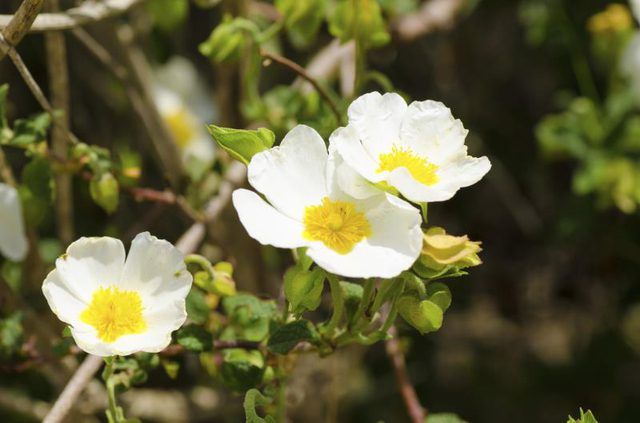Bulbs
Flower Basics
Flower Beds & Specialty Gardens
Flower Garden
Garden Furniture
Garden Gnomes
Garden Seeds
Garden Sheds
Garden Statues
Garden Tools & Supplies
Gardening Basics
Green & Organic
Groundcovers & Vines
Growing Annuals
Growing Basil
Growing Beans
Growing Berries
Growing Blueberries
Growing Cactus
Growing Corn
Growing Cotton
Growing Edibles
Growing Flowers
Growing Garlic
Growing Grapes
Growing Grass
Growing Herbs
Growing Jasmine
Growing Mint
Growing Mushrooms
Orchids
Growing Peanuts
Growing Perennials
Growing Plants
Growing Rosemary
Growing Roses
Growing Strawberries
Growing Sunflowers
Growing Thyme
Growing Tomatoes
Growing Tulips
Growing Vegetables
Herb Basics
Herb Garden
Indoor Growing
Landscaping Basics
Landscaping Patios
Landscaping Plants
Landscaping Shrubs
Landscaping Trees
Landscaping Walks & Pathways
Lawn Basics
Lawn Maintenance
Lawn Mowers
Lawn Ornaments
Lawn Planting
Lawn Tools
Outdoor Growing
Overall Landscape Planning
Pests, Weeds & Problems
Plant Basics
Rock Garden
Rose Garden
Shrubs
Soil
Specialty Gardens
Trees
Vegetable Garden
Yard Maintenance
How to Grow a Rockrose (Cistus)
How to Grow a Rockrose (Cistus). The name rockrose (Cistus spp.) encompasses more than 20 different species, all similar. Woody evergreen shrubs, rockroses have slender leaves and showy flowers, which come in shades ranging from pink to creamy white. Rockroses thrive with minimal care or attention, which means they work well in low-water...

The name rockrose (Cistus spp.) encompasses more than 20 different species, all similar. Woody evergreen shrubs, rockroses have slender leaves and showy flowers, which come in shades ranging from pink to creamy white. Rockroses thrive with minimal care or attention, which means they work well in low-water landscaping. They must be grown in the right climate and under the correct conditions to ensure their long-term health.
Climate Concerns
Rockroses come from the Mediterranean basin, where they adapted to long, dry summers and mild, rainy winters. Generally, rockroses grow best in U.S. Department of Agriculture plant hardiness zones 8 through 10, but hardiness varies among species. Purple rockrose (Cistus x purpureus) grows in USDA zones 8 through 11, while more cold-tolerant species, such as the brown-eyed rockrose (Cistus ladanifer maculatus), will grow in USDA zones 7 through 10.
Growing Conditions
True to their Mediterranean roots, rockroses perform best with full sun and gritty, fast-draining soil. Heavy shade and slow-draining soil both take a toll on rockroses, inhibiting blooming and shortening their life. Light afternoon shade helps the plants in hot, dry climates, but is unneeded in more moderate or coastal climates. Rockroses tolerate soils ranging from alkaline to mildly acid as long as it drains quickly. Salt spray, strong winds and poor, rocky soil do not faze rockroses, but they will decline in humid, crowded condition. Provide each plant with at least 4 square feet of space to accommodate its mature size.
Water Needs
Rockroses need little to no watering beyond natural rainfall, although they benefit from regular watering during their first summer in the garden to help them establish a deep, healthy root system. Provide 1 inch of water weekly from early spring until the first autumn rain, wetting the soil in the top 6 to 15 inches, depending on the soil's porosity. Established rockroses will survive and thrive on rainfall alone. They may benefit from occasional deep watering if they wilt or show other signs of stress during prolonged periods of extreme heat or drought.
Fertilizer Requirements
The fertilizer requirements for rockroses vary greatly according to the plant's age and growing conditions. Most need no fertilizer, although older plants or those that lack vigor may benefit from an annual application of general-purpose, 10-10-10 granular fertilizer. Fertilize in early spring as new growth begins to emerge, applying it at half-strength to prevent root burn. Sprinkle roughly 2 tablespoons of granular, slow-release fertilizer to the soil under the drip line of each rockrose plant. Fertilizer applied to dry soil can damage surface roots, so always apply fertilizer to moist soil.
Garden Benefits and Uses
Rockroses' silken, saucer-shaped blooms are attractive, but the real beauty of rockrose plants lies in their versatility and innate ruggedness. Deer ignore them and their fine, aromatic leaves are fire resistant, making them a good landscaping choice for rural, fire-prone areas. Their compact, 4- to 6-foot-tall habit gives them a tidy appearance that lends them to use as informal hedges and low-maintenance edging along driveways and house foundations. One other benefit to rockroses is their dense, intricate root system, which makes them a useful and attractive erosion control plant.